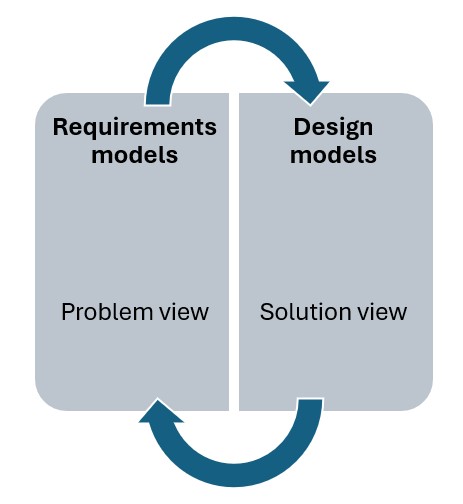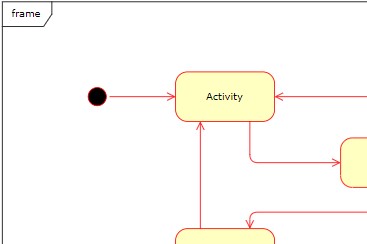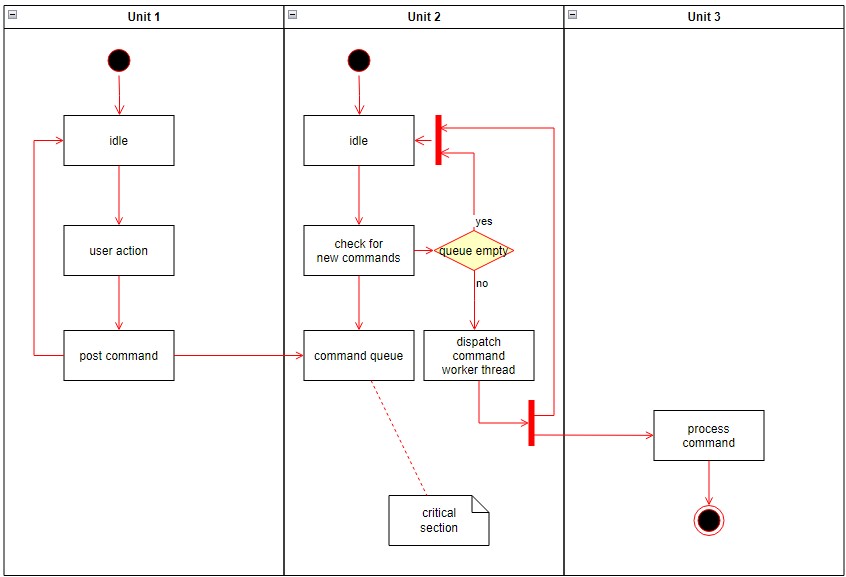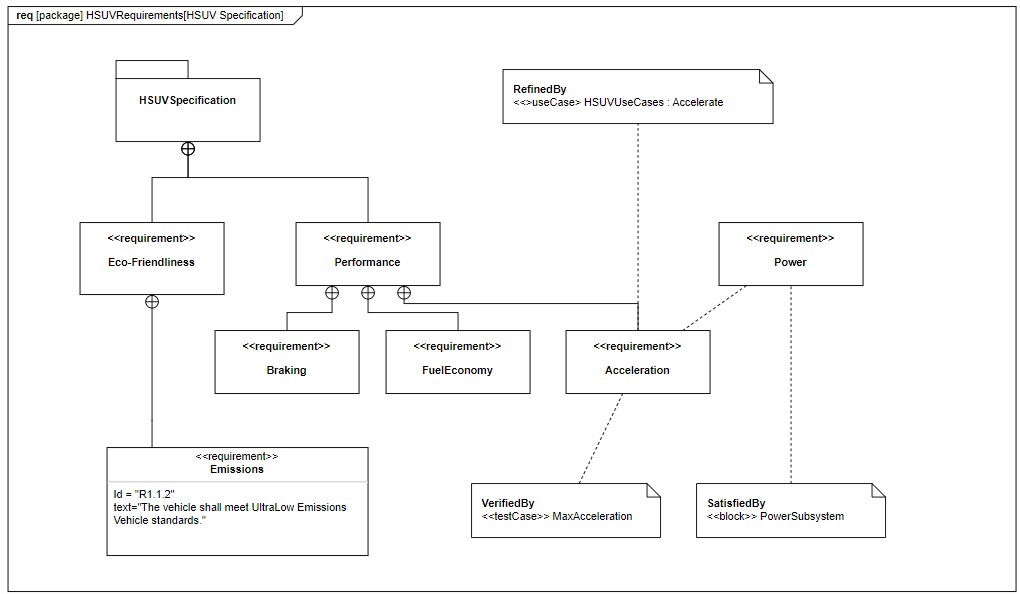From my experience with complex systems, distinguishing requirements modeling design models can be difficult. UML and SysML are often used for both, which blurs the boundaries between requirements and design. This overlap can lead to mixed diagrams that reduce clarity. Over time, I’ve developed practical strategies to separate and manage these elements effectively, ensuring that each model serves its specific purpose in guiding development and maintaining project structure.
Requirements Diagrams and Design Diagrams in System Analysis
As part of system analysis, I often create both design diagrams and requirements diagrams. My first step typically involves analyzing an existing system, which can range from individual software applications to intricate socio-technical systems. These systems may include multiple software components and human roles working together to achieve a larger purpose. Altogether such purposes are relevant in complex business information systems.
System analysis can be approached from various perspectives. These perspectives include function-centered or data-centered views. Initially, I model the technical incarnation of the system as it currently operates. This involves capturing the concrete technical solution in operation. Further, I abstract this model to identify the core business functions, resulting in a functional requirements model. This essence model documents the existing system’s properties.
The next phase involves developing a target model based on the functional requirements. This target model outlines the technical requirements for a new system or changes to the existing system. These technical requirements guide the development process, ensuring that both requirements and design diagrams are created during system analysis. In essence, my goal is to clearly model the functional requirements of the system under development.
Relationship Between Requirements Models and Design Models
In the development of complex software systems, there is a strong interaction between defining requirements and creating the system design. This process begins with producing a set of general requirements for the entire system, which forms the basis for the preliminary system architecture. During this transition from requirements definition to system design, design decisions must meet specific constraints, such as architectural styles.

From the initial system architecture, I specify requirements for individual subsystems. As detailed requirements become available, I refine the initial system design. For software development projects, the software is classified at the highest system level, and then I consider logical components and software parts at lower levels.
Design decisions at one level significantly influence the requirements at the next level of detail. Thus, it’s crucial to maintain a clear separation between requirements models and design models. Establishing appropriate dependency relationships helps in maintaining this distinction while recognizing the strong link between requirements and architectural design.
Conclusion
In conclusion, navigating the complexities of requirements modeling and design models requires a structured approach to distinguish between the two effectively. By using UML and SysML, I ensure that each diagram serves its intended purpose without unnecessary overlap. This method not only clarifies the development process but also aids in delivering a coherent and functional system. Maintaining a clear separation between requirements and design models, while recognizing their interdependencies, is key to successful system analysis and development.
What’s Next?!
Now that you know how to distinguish between requirements modeling and design models, it’s time to take the next step toward improving software quality. Validating models is essential to ensure accuracy, consistency, and completeness. In my next article, Model Based Requirements Validation: Ensuring Software Quality with Precision, I explain how model-based validation helps detect issues early and strengthen your system’s reliability. Click ahead to discover how precision drives quality.
This text is based on content from the source: International Requirements Engineering Board (ireb.org). The International Requirements Engineering Board is the owner of the copyright.
| Read more about Confluence and How to |
|---|
| Format Text in Confluence Make Lists in Confluence Change the Headings in Confluence Create a Blog Post in Confluence Align Text in Confluence |




